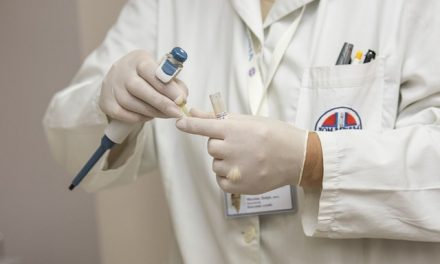When students get back to school this year, some may be surprised by the changes in beverage choices, with fewer carbonated soft drinks and more juice, sports drinks and water options. However, any parents assuming that their children's beverage choices have become more healthful should check their school's plans, because schools will differ widely in how closely they follow new guidelines released in May.
Depending on the age of the students, guidelines issued by the Alliance for a Healthier Generation call for reduced availability of beverages loaded with calories and sugar but few nutrients. In elementary schools, the only choices are to be bottled water, lowfat and nonfat milk, and 100% juice without added sugar. The latter beverages should be limited to eight-ounce containers to address the problem of excess portion sizes.
Middle schools will serve the same beverages, though serving sizes may increase to 10 ounces. In high schools, servings may increase to 12 ounces, but additional options will only include sports drinks, �light� juices (containing fewer calories because they are diluted with water and flavorings) and zero- or low-calorie soft drinks.
The Alliance that developed these guidelines is a joint industry-community initiative, so their guidelines are not enforceable except as required by each individual school district. Even then, while the guidelines apply to both the school day itself and daily after-school activities, they are not meant for school-related sporting events, concerts and other such activities. Besides, the goal is to get 75 percent of schools following the guidelines by fall of 2008; full national implementation is not expected until fall of 2009.
Beverage choices are a good target to tackle, because they can have a big impact. A recent report ties beverages to 21 percent of daily calorie consumption for Americans over age two. In one study that made sugar-sweetened beverages less available, teenagers decreased consumption by 82 percent when advised to do so. This did not affect everyone�s weight, but did lead to a drop among those who were overweight.
To really help our youth, we need to move beyond regulating drink choices available during school hours. With all of the marketing aimed at young people today, they need help learning how to make beverage choices without being swayed by advertisements that convey inaccurate images of drinks. If they learn the reasoning behind which drinks are offered and which are not, they will be equipped to make healthful choices outside of school, too.
We need to show kids how to choose 100% fruit juice that supplies a wide range of vitamins and natural protective compounds rather than fruit drinks, which may have a few added vitamins at best. We need to remind young people of how milk and calcium-fortified soymilk meet calcium needs during their prime bone-building years compared to soft drinks that supply none. And we need to emphasize that the majority of what we drink should be water, and discourage the expectation that beverages must always have a sweet flavor.
The new guidelines address both what is offered and its portion. As with all foods, kids need to know that both matter. Even if students only choose juice and milk, excessive amounts can still provide unneeded calories. High schoolers, with access to diet drinks with caffeine, need to know how overdoing can affect sleep and health.
If we can make in-school drinks provide more nutrition and cut even 100 excess calories a day, our children�s health will benefit. Imagine what we could do if we encouraged them, by word and example, to make mostly healthful choices outside of school at home and in restaurants as well.









